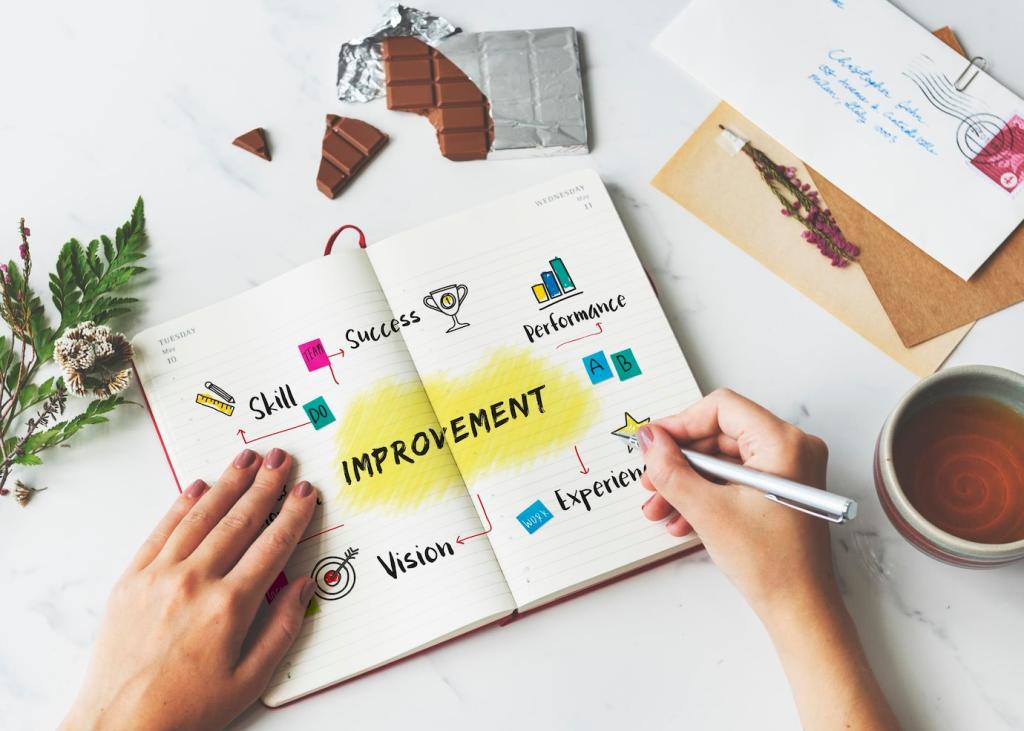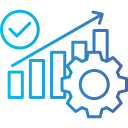Building Momentum: Developing a Process Improvement Culture
What a Process Improvement Culture Really Means
From projects to everyday habits
A process improvement culture moves beyond isolated initiatives and embeds progress into daily work. Instead of waiting for perfect conditions, teams run small tests, capture learning, and steadily reduce friction. Comment with one tiny improvement your team could try this week and commit together.
Values that anchor better outcomes
Respect for people, transparency, and customer focus guide every decision. When teams can safely surface issues, quality rises. Google’s Project Aristotle highlighted psychological safety as crucial for performance—your culture’s backbone. Which value do you want to amplify? Tell us and invite a colleague.
Leaders who model the mindset
Leaders make improvement visible by asking curious questions, removing obstacles, and celebrating learning, not just results. A short, consistent presence on the floor or in standups signals priority. If you lead, post one behavior you’ll try this month and ask your team to hold you accountable.
Seeing the Work Clearly

Map the flow where work happens
Sketch the journey from request to delivery, then verify it in the real place where work occurs. Walk the value stream, time steps, note handoffs, and ask why delays exist. Share a photo of your rough map in our community and tag a teammate to refine it tomorrow.

Choose metrics that matter to customers
Track lead time, first-pass yield, and defect rates to reflect real customer experience. Avoid vanity metrics that look good but hide pain. If a number improves, confirm customers actually feel the difference. Comment with one lagging metric you’ll complement with a leading indicator.

Start with a trustworthy baseline
Before changing anything, verify how you measure today. Clarify definitions, sampling, and timing. If two systems disagree, resolve it fast. Baselines are not judgment—they are clarity. Post your baseline chart and ask peers for gaps they notice that you might have overlooked.
Empowering People and Teams
In a busy clinic, a nurse paused a rushed discharge to double-check medication. The team applauded the stop, preventing an error and reinforcing the norm: safety over speed. Share a story when speaking up protected quality, and thank the person publicly to reinforce the behavior.
Empowering People and Teams
Hold brief, focused huddles to surface blockers, pick one tiny experiment, and review yesterday’s learning. Keep a visible board so improvements do not disappear. Start small—one team, one week. Invite readers to follow your progress thread and offer feedback on your experiment design.





At a warehouse, a picker’s 200 daily steps to a distant printer vanished after relocating labels, saving time and knees. The photo before-and-after convinced skeptics. Tell a simple story like this to your team and ask who has another overlooked inconvenience we can fix tomorrow.
Guiding Change Without Burnout
Identify those affected, their needs, and likely concerns. Offer early demos and invite critique. Converting one respected skeptic creates cascade effects. Comment the name of a potential ally and the one question you will ask them to understand their real constraint this week.
Guiding Change Without Burnout

Document standard work in plain language, with visuals at the point of use. Train with pairs and practice, not slides. Ask teams to suggest the next version. Share one page of your standard and invite readers to mark confusing steps you could simplify or better illustrate.

Use a lightweight portfolio to prioritize improvements by impact and effort. Tie goals to strategy deployment so projects matter. Review monthly and sunset stale initiatives. Post your top three active improvements and ask the community which one should be paused or accelerated.

Celebrate experiments, not heroics. Highlight a small fix that removed a daily annoyance, and name everyone involved. Avoid rewards that pit teams against each other. Share a photo or short note recognizing someone’s improvement today; your appreciation will help culture grow faster.

Pick tools that fit your routines
Select lightweight boards for ideas, experiments, and metrics that teams actually use. Integrate with chat and project tools to reduce friction. If a tool requires workarounds, reconsider. Comment with your current tool stack and what friction it creates during daily improvement work.

Automate wisely, not wastefully
Automating a broken process just hides pain. First remove rework, clarify roles, and shorten loops. Then automate the stable path. Share one step you plan to eliminate before automation, and ask peers for a quick review of risks you might be missing in your plan.

Build data literacy across teams
Teach basics: variation, sampling, confidence, and run charts. When more people understand data, debates shrink and learning grows. Share a screenshot of a run chart and invite others to spot special-cause signals together. Subscribe for our upcoming mini-guide on practical data fluency.
